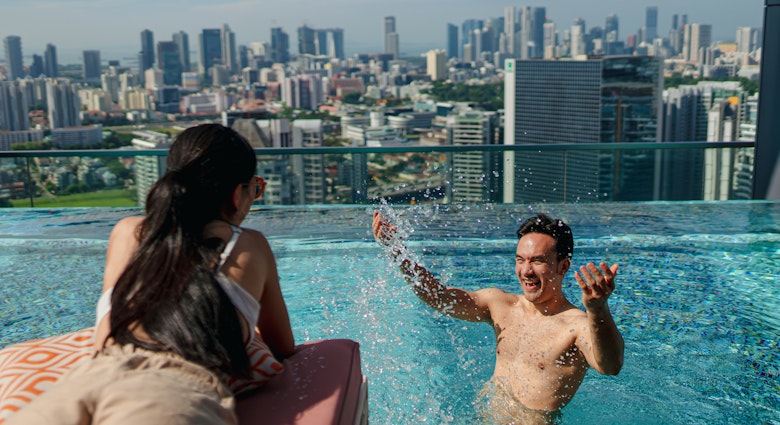
Southeast Asia includes some of the most iconic destinations for travelers in the world. It feels scarcely believable that Thailand, Vietnam, Malaysia, Myanmar, Indonesia (including Bali), Cambodia and Laos all (with a few small exemptions for diplomats and those visiting for medical treatment) have the "no visitors" sign up.
Thailand is a good illustration of a phased approach to reopening. After managing to keep its own COVID-19 cases largely under control, Thailand now is on many western countries' lists of places that can be visited. However, this does not mean you can simply come in. As we’ve noted before, traveling in the COVID era is a two-way street – your own government needs to approve travel to a destination so travel insurance is valid, and the host country has to accept visitors from your country. Thailand is as of today only allowing a few carefully-controlled foreign nationals in – for example those needing to access medical treatment – who first need to quarantine.
We may, however, be approaching the end of a situation where such a blanket no-go applies in the region. Thailand’s plans to reopen Phuket next month from October 1. It comes with a catch. Visitors must stay for at least 30 days, the first 14 of which are in quarantine in a hotel or resort. After this, and after two more negative COVID tests, travelers can explore more of Phuket. Anyone wishing to venture further into Thailand must pass a third test after three weeks.

Cambodia is admitting foreign nationals, and once in the country there are no restrictions on movement. However, there are barriers that may well put off many if not most visitors. In addition to needing a visa in advance, there is a requirement for proof of a negative test, medical insurance and a deposit of US$3000 for "COVID service charges" on arrival. This is to cover you for any necessary fees while in the country. Note if one person on your flight were to test positive, all passengers would need to quarantine for 14 days.
Other countries in the region are not currently open for tourism.
It’s a long way from coming and going as you please and carefree independent travel. But it’s a start, and travelers starved of long-haul excitement might feel that a fortnight working from a Thai resort, followed by a two-week holiday in Phuket is a good way to spend what could be a cold and rainy month at home.
That’s about as good as it looks like it’s going to get, for the next few months at least. So is this the future of travel, or just short-term measures to get some kind of tourism up and running? It’s what we’re probably going to see as destinations open up for the next few months. There are likely to be other versions of this put in place globally, which will evolve as countries demonstrate the effectiveness, or otherwise, of their reopening procedures.
You might also like:
Ask LP: how do I keep up with changing COVID-19 travel requirements?
Ask LP: I’m changing my flight – should I accept vouchers, get a refund or rebook?
Ask LP: should I book my summer 2021 holiday now?
Explore related stories


 Destination PracticalitiesDo you need a visa to visit Thailand? Here’s everything to know
Destination PracticalitiesDo you need a visa to visit Thailand? Here’s everything to knowNov 22, 2024 • 8 min read



 Destination PracticalitiesHow to spend five days in Thailand and the islands
Destination PracticalitiesHow to spend five days in Thailand and the islandsNov 5, 2024 • 9 min read





